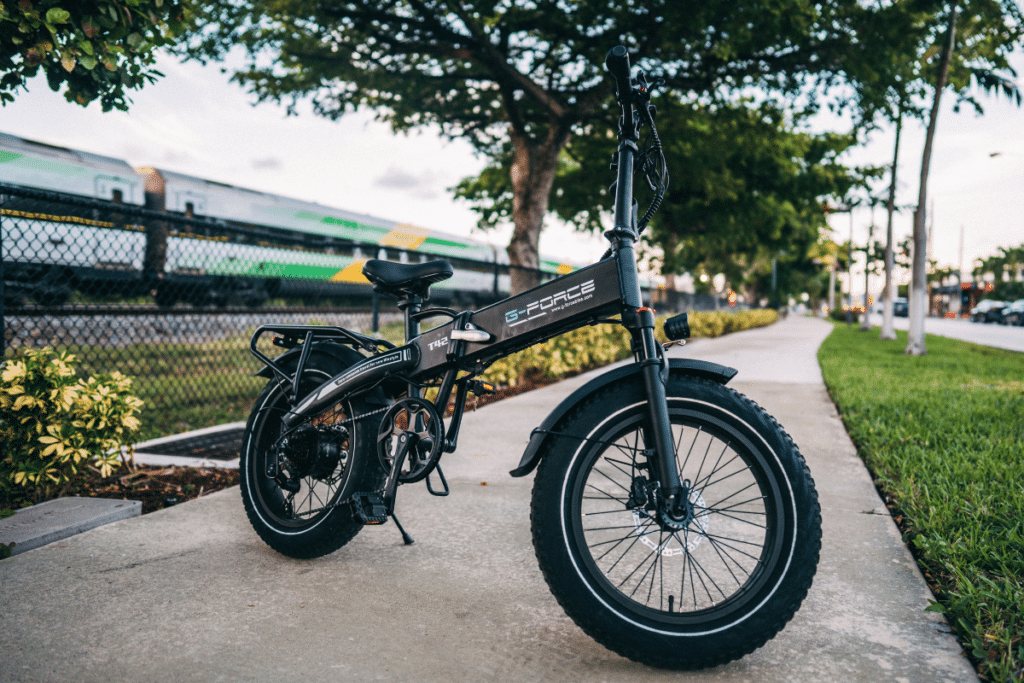As electric bicycles continue to gain popularity for their many benefits, questions often arise about the need for registration. This article delves into the topic of whether electric bikes need to be registered, as well as relevant regulations that may apply.

The Different Classes of Electric Bicycles
To better understand the registration requirements for e-bikes, it is essential to know the different classes that have been established:
- Class 1: Pedal-assist only, with no throttle and a maximum assisted speed of 20 mph (32 km/h).
- Class 2: Throttle-assisted with a maximum speed of 20 mph (32 km/h) when using the motor alone.
- Class 3: Pedal-assist only, with no throttle and a maximum assisted speed of 28 mph (45 km/h).
Electric Bike Registration in the United States
In the United States, the federal law governing electric bikes states that any two- or three-wheeled vehicle with fully operable pedals, an electric motor of less than 750 watts (1 horsepower), and a top motor-powered speed of less than 20 mph on level ground falls under the classification of an “electric bicycle.” By this definition, class 1 and class 2 e-bikes are exempt from most federal and state regulations related to motorcycles and mopeds.
State-Specific Laws
While there are no federal laws requiring registration of electric bicycles, it is crucial to check your state-specific legislation, as some states have additional guidelines and restrictions. In California, for example, e-bikes are divided into the three previously mentioned classes, and while none of these require registration, they have varying restrictions on where they may be used:
- Class 1: Allowed on any bike path or trail that allows regular bikes.
- Class 2: Permitted on bike paths or trails as long as the local authorities allow it. Not allowed on trails designated for non-motorized traffic.
- Class 3: Restricted to roads or multi-use paths adjacent to roads. Riders must be aged 16 or older and wear a helmet.
New York, on the other hand, has stricter rules surrounding e-bikes. Currently, electric bicycles are only allowed in New York City if they meet specific requirements. The state does not require registration for class 1 e-bikes but mandates helmets for riders under the age of 18. Class 2 and 3 e-bikes must display a prominently visible ID label indicating their classification.
Registration vs. Licensing
It is important to note that there is a difference between registering an e-bike and obtaining a license for one. Registration typically implies having a vehicle document proving ownership, whereas licensing requires the rider to obtain a driving permit. To date, no states in the U.S. mandate a separate driving license for electric bicyclists.
Find out all you need to know about do you need a license to drive an electric bike
Electric Bike Registration in Europe
In many European countries, electric bicycle regulations are similar to those in the United States. Most e-bikes sold in Europe comply with the “pedelec” standard, which restricts power output to a maximum of 250 watts (about 0.34 horsepower) and top assisted speed to 15.5 mph (25 km/h). This classification exempts pedelecs from most registration requirements, just like class 1 and class 2 e-bikes in the US.
Country-Specific Variations
While the general trend is towards minimal or no registration requirements for electric bicycles, certain countries have specific regulations to be aware of:
- Germany: Electric bikes with a top assisted speed of more than 15.5 mph (25 km/h) and up to 28 mph (45 km/h) need to be registered as mopeds. Riders must wear helmets, possess motor vehicle insurance, and display a license plate.
- United Kingdom: E-bikes are regulated similarly to conventional bikes if they meet the specifications set out by Electrically Assisted Pedal Cycle (EAPC) rules. However, those that do not comply with these regulations may need to be registered, insured, and taxed, and riders might require a valid driving license.
- Netherlands: Although e-bikes are categorized into three classes–pedelec, s-pedelec, and throttle-assisted–no registration is required!
Final Thoughts
In summary, while electric bicycles usually do not require registration, it is crucial to check your local and state laws, as there can be variations depending on your location. Regardless of where you are, always remember to adhere to safety guidelines by wearing a helmet and respecting local traffic rules when cruising on your e-bike. Stay informed about your area’s regulations and enjoy the many advantages of electric biking responsibly!
